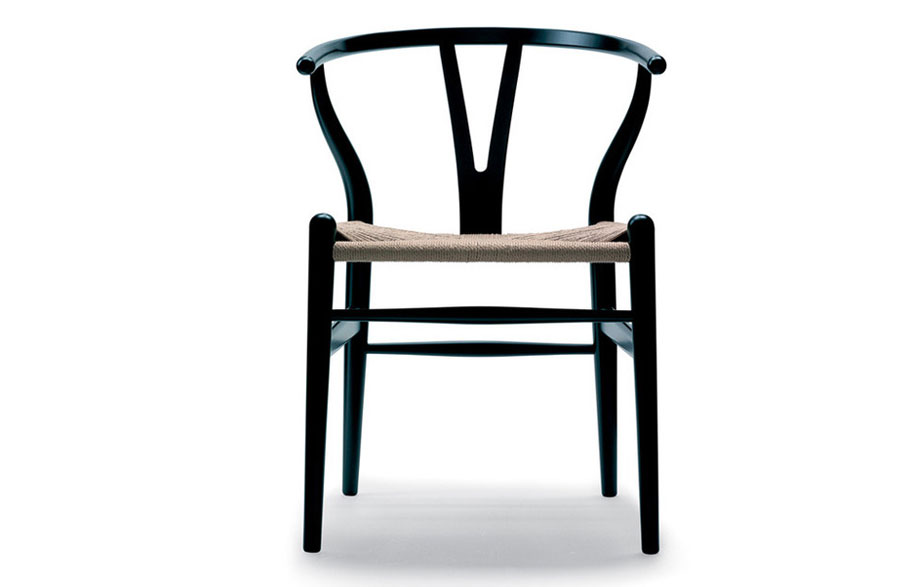Above: Hans Wegner’s Wishbone chair / Image via wegnerwishbonechair.com
There is now an upswing in momentum within the design industry to respond to the challenges posed by unauthorised copy products. The formation of an industry association of original designers and brand owners is an important development. Architects and design specifiers have a role to play in the ethical sourcing of products and in educating consumers of the benefits of purchasing authentic products.
One important means of effecting cultural change will be to change the way we talk about unauthorised copies. The euphemistic term “replica” has been deliberately chosen by copyists to make rip-off products sound inoffensive.
Let’s reclaim the debate by calling these products what they actually are: counterfeits.
There is also a push for legislative change to strengthen intellectual property protection for designers. While such changes are welcomed and necessary to provide greater protection for this industry when compared to the creative output of other industries, the trade marks and designs system already provides a solid foundation for tackling the replica problem.
One of the key reasons why counterfeits are a far greater issue for interior design than other creative industries is that, to date at least, very few designers of furniture, lighting and accessories have been prepared to invest in protecting and enforcing their designs and trade marks.
The action taken by the fashion industry, which has faced widescale counterfeiting, provides a practical model for furniture, homewares and lighting designers in effectively addressing counterfeiting. Fashion houses have taken full advantage of the benefits of the trade mark and design registration system and importantly, they have also been prepared to invest in taking action against copyists when required.
Applying for design and trade mark registration should be considered an essential part of the product development process. Original design lies at the very heart of the industry. The cost of protecting that design, and the goodwill attached to the designer’s name, must be viewed as a worthwhile investment. The Courts will award damages against infringers. Successful cases can also bring positive publicity.
It is time for designers to take bold steps to protect and enforce their intellectual property rights. There are a number of avenues available to designers. The protection of original design from the “replica” industry need not be viewed as a lost cause.
K&L Gates
klgates.com
Please contact us if you would like to discuss the most effective method of protecting your designs.
Christine Danos, Senior Associate, [email protected]; Gregory Pieris, Senior Associate, [email protected]; Chris Round, Partner, [email protected]

